There can be your advertisement
300x150
Repairing the Bathroom: 8 Design Hacks in 5 Minutes
We tell you how to expand the space, choose convenient plumbing fixtures, and find storage areas
The bathroom is usually not the largest room. However, it's necessary to find space for both main plumbing fixtures and additional equipment. Let's see how to do this without sacrificing useful area or the appearance.
Water Supply and Drainage
Water pipes are major space consumers. For aesthetics, you’ll have to hide the faucet pipe and hot and cold water pipes with gypsum board since moving or bending them is not recommended. However, the water supply and drainage can be embedded into walls to avoid losing extra centimeters of space.

Design: Inna Arboua
Inspection Access Panel
Free access to all plumbing must be ensured. If they are covered, an inspection panel should be installed. It should be wide enough to easily read meters or replace/repair them when needed. Modern panels can easily be hidden behind the same wall tiles as the rest of the walls.
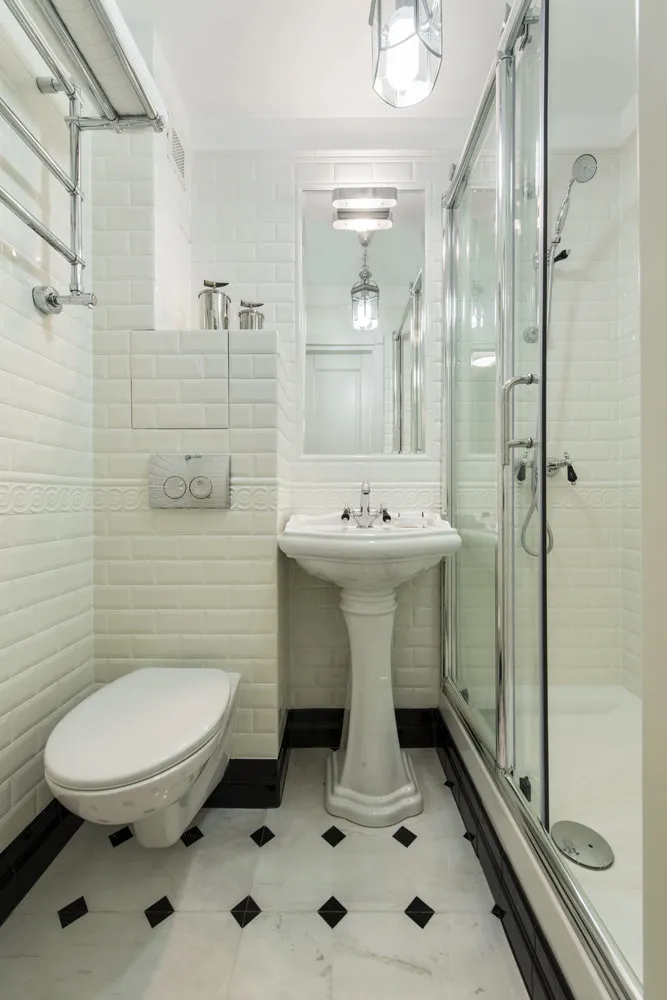
Design: Maria Dadiani
Additional Equipment
Carefully plan the placement and installation of additional equipment like towel dryers and water heaters. Electric models are better mounted away from wet zones. Check in advance if the wall can support the weight of a large water heater. Some models can be mounted horizontally or vertically for convenience.

Design: Vera Sheverdenok. Water Heater — Dune1 R, Ariston
Tip from INMYROOM: For a family of three, it's better to choose spacious water heaters — 50 liters or more. Don't be afraid of large sizes; today you can easily find models with attractive designs.
For example, the stylish water heater Ariston DUNE1 R fits well into both classic and modern bathroom interiors.
Opening Doors
In small bathrooms, carefully plan the placement of doors and sliding drawers. They should open easily and not bump into anything.
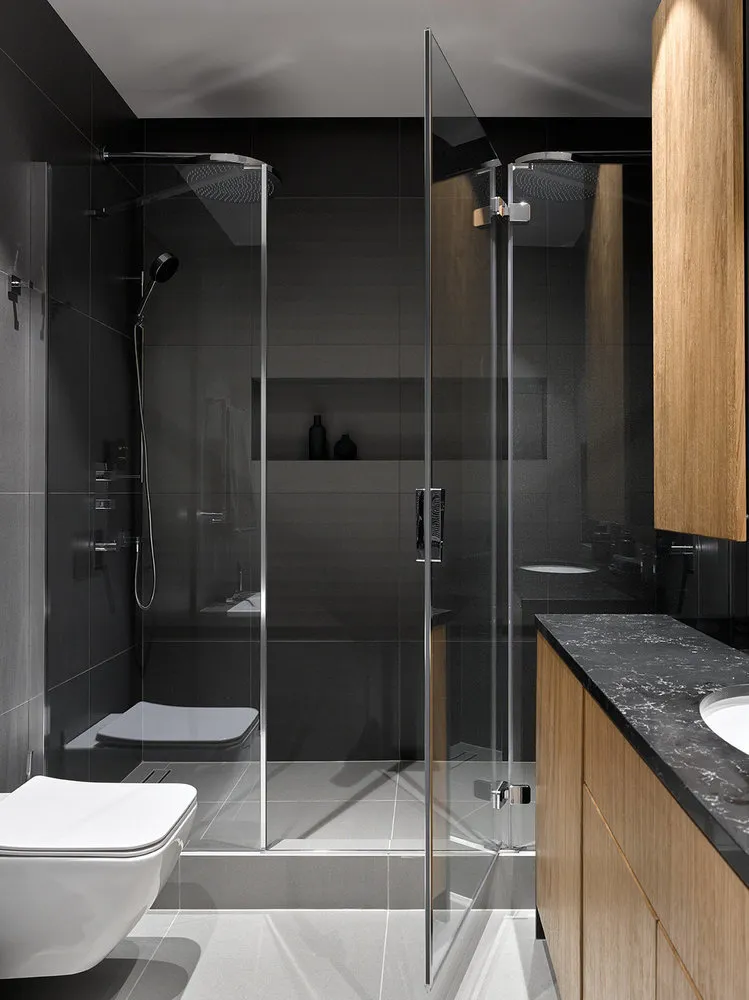
Design: Pavel Burmakins
Lighting
Several lighting schemes should be considered for the bathroom to avoid a gloomy look. Ceiling spotlights provide general lighting. Wall sconces or LED strips on mirrors are handy for those who usually spend time in the bathroom doing makeup.
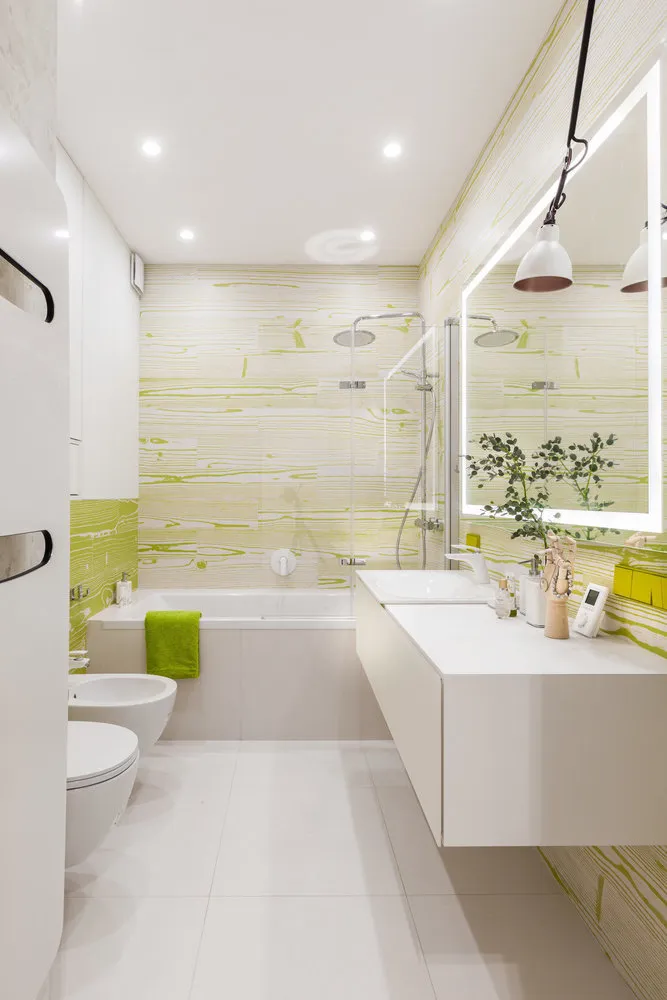
Design: Ileda By
Shower Tray Shape
A bathtub usually takes up a lot of space. Instead, a shower cabin or a shower tray with an ergonomic shape can save space. The most ergonomic is a five-sided corner shape.
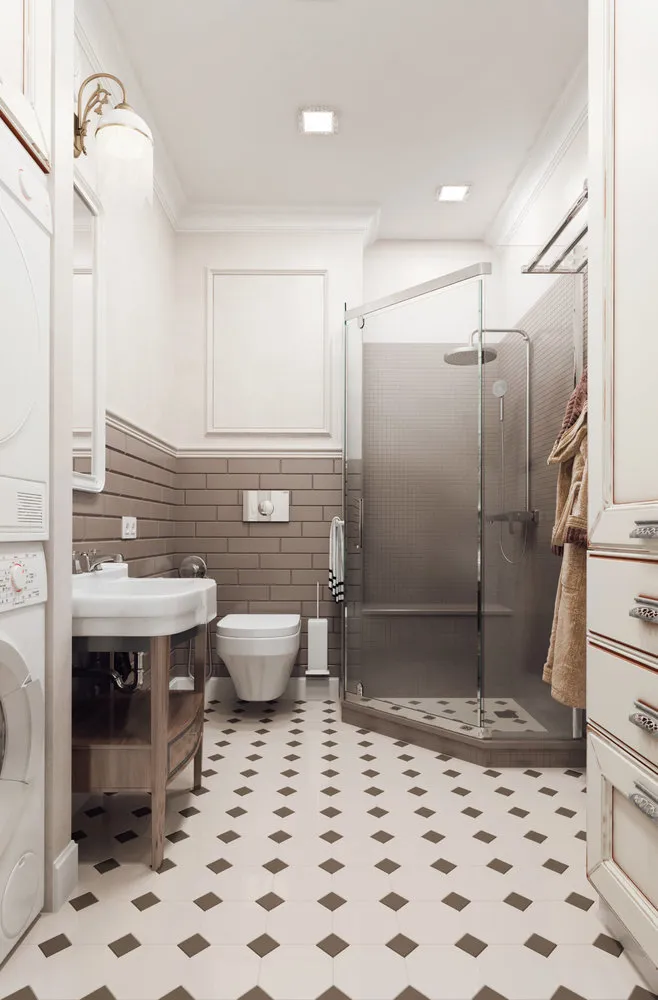
Design: Maria Lazich
Storage Spaces
If there are many small items used in the bathroom, utilize any free spaces. This can include a vanity cabinet, shelves above the door, a niche under the bathtub, or a small shelf in the corner.
To avoid being overwhelmed by too many items, cover storage cabinets with mirror fronts. This will further expand the space.

Design: Inna Arboua
Finishing Materials
In small bathrooms, it's better to use light-colored and not too large tiles. Horizontal layout expands the space in width, while vertical layout does so in height.
To make the room more interesting, the floor can be darkened. Mosaic should also preferably be placed not on walls to avoid overloading the walls with too many small details.
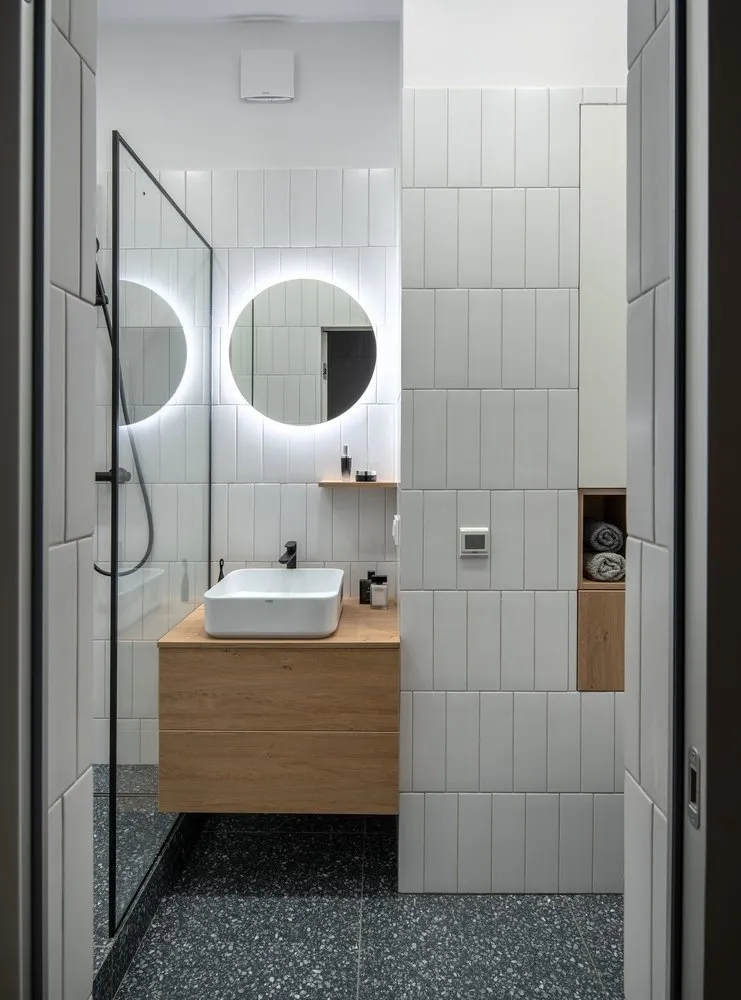
Design: Sasha Karpinskyi
Cover Image: Design Project Oh, boy! Interiors
More articles:
 House Made from Boat Shed on Australia's Coast
House Made from Boat Shed on Australia's Coast 5 Classy Designer Inventions from Kickstarter
5 Classy Designer Inventions from Kickstarter Ants, mosquitoes and wasps: what irritates us in the countryside and how to deal with it
Ants, mosquitoes and wasps: what irritates us in the countryside and how to deal with it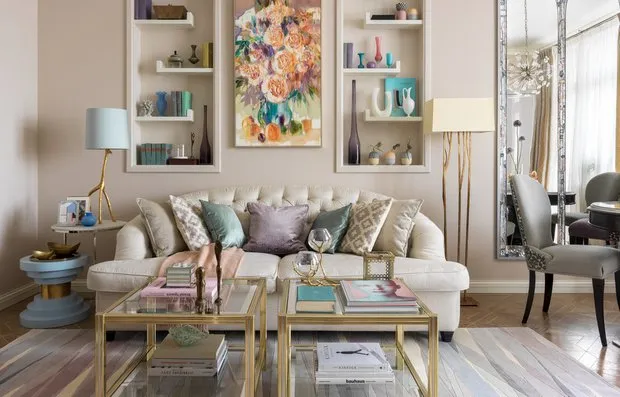 107 Common Mistakes in Renovation That Everyone Makes
107 Common Mistakes in Renovation That Everyone Makes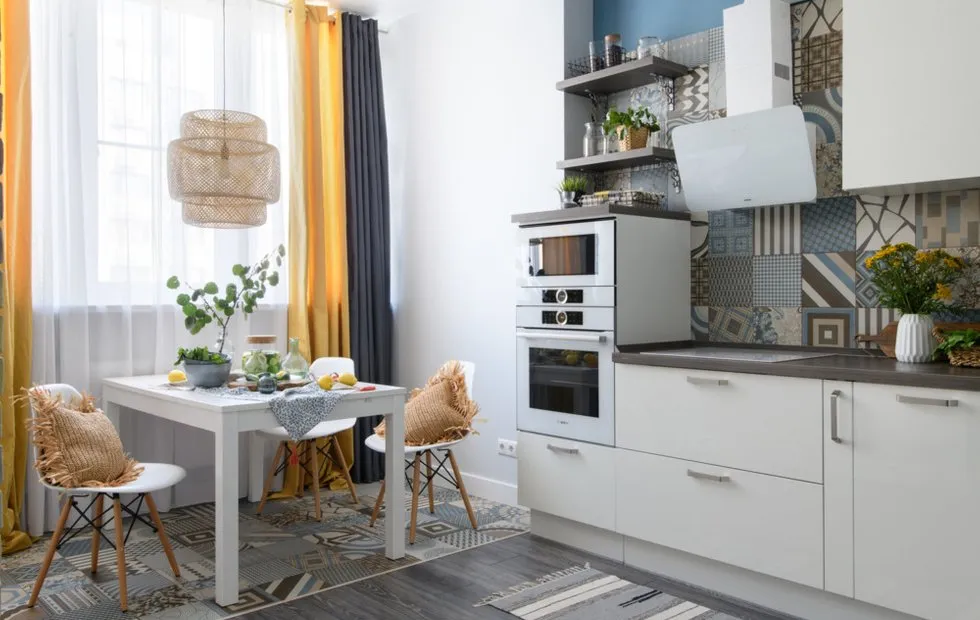 How to Turn a Studio into a Two-Room Apartment?
How to Turn a Studio into a Two-Room Apartment? 10 Kitchens for Capricious Individuals
10 Kitchens for Capricious Individuals How to Diversify a White Interior: Example from Sweden
How to Diversify a White Interior: Example from Sweden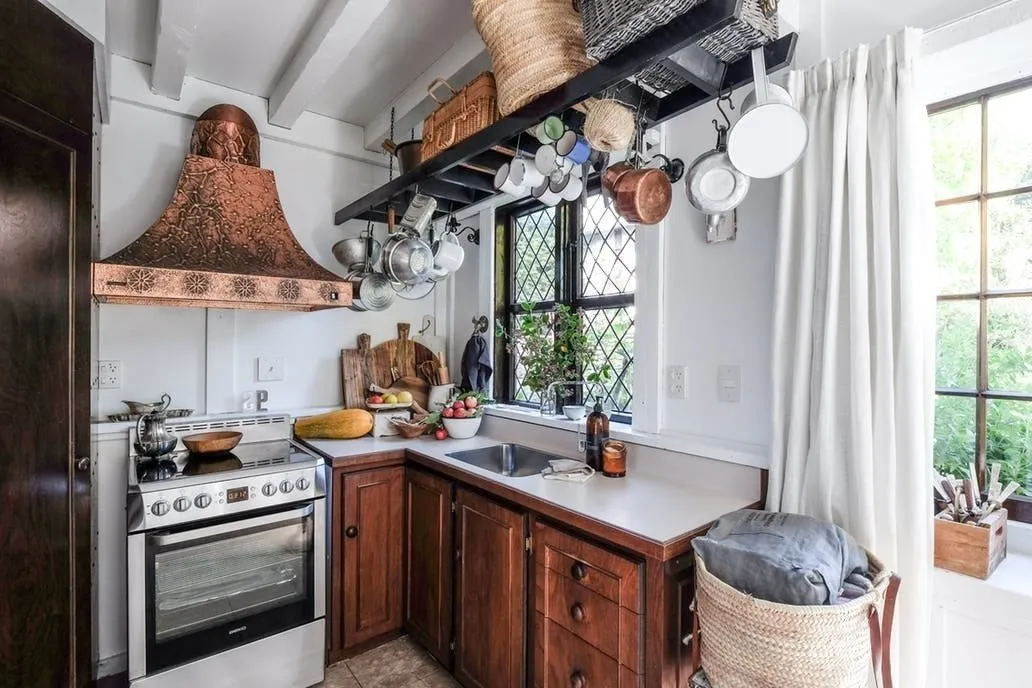 Kitchen on the Country Estate: 7 Ideas for Decoration
Kitchen on the Country Estate: 7 Ideas for Decoration